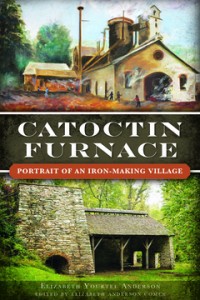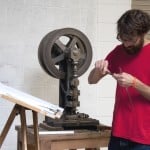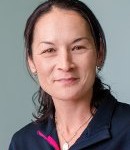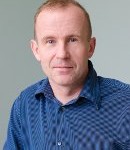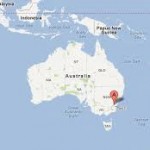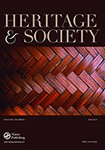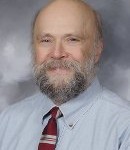 Professor Fred Quivik, an expert witness in the BP oil spill trial, was mentioned in an article published on NOLA.com titled In BP oil spill trial, U.S. witnesses to detail disaster’s economic effect .
Professor Fred Quivik, an expert witness in the BP oil spill trial, was mentioned in an article published on NOLA.com titled In BP oil spill trial, U.S. witnesses to detail disaster’s economic effect .
As written in the article: Fred Quivik, a history professor at Michigan Tech University and an expert in environmental litigation. He is to testify that BP XP was treated as part of the larger BP group, with no employees of its own to drill an oil well or respond to a spill.
Click here for the full article.

